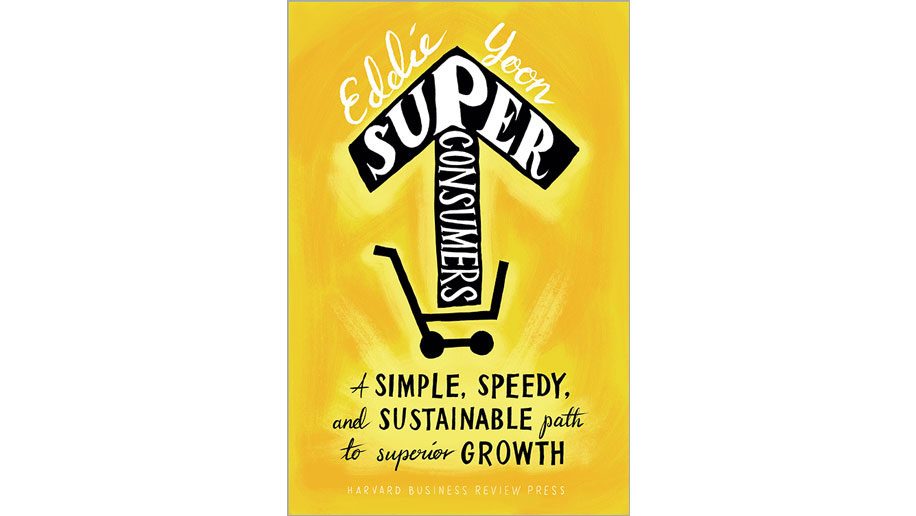
What is a super consumer? Well turning the normal 80:20 rule slightly on its head, a super consumer is the roughly 10 per cent of consumers who account for more than 50 per cent of the profits of a company. According to Eddie Yoon, Principal with The Cambridge Group, this applies across any product category. These are the people who know what they want, buy a lot of it, and pay a premium for it. What’s strange is that many companies know they exist, take them for granted, and instead concentrate on the other 90 per cent of consumers. And according to this book, that’s absolutely the wrong approach.
For one thing, these super consumers are passionate and engaged — sometimes even a little obsessive — and they can help a company in a number of ways. Firstly, we assume that “super-consumers are already sated, so there’s no point in trying to sell them more products. In Yoon’s opinion, that’s a big mistake. There are lots more products they would be interested in, if only we asked. Secondly, this process of asking what they think about existing products and what further products they might be interested in means we could learn more not just about them, but about our businesses as a whole.
Yoon says we are wrong to assume these superconsumers “are a unique species whose extreme appetites say little about what more casual consumers might go for”. Instead they can help us engage what Yoon calls the next layer – the potential super consumers – those people who could become super consumers, but at the moment are not being marketed to in the correct way, or who are not engaged because we have failed to ask super consumers what it is they find so compelling about a product.
Yoon contrasts super consumers with heavy users (ie: a product’s highest-volume buyers who are defined simply by the quantity of their purchases). Instead super consumers are “emotional buyers who base their purchase decisions on their life aspirations”. If this seems a little overdone, visit an Apple store and look at the rapt faces gazing at the products. These aren’t computer geeks. They are people who genuinely believe that buying an Apple product will transform them in some way.
Yoom believes that “for the most part, superconsumers exist for whatever your business is selling. They’re already buying your products and services. So the key is to find these valuable consumers through social media and data analysis, and to listen to them and engage with them.
The rest of the book focuses on the data, both to back-up the assertions of the first few pages and to show through examples what other companies have done and what you can do yourself to target your super consumers. It’s absolutely fascinating, and many of the insights were new to me.
“Drinkers of alcoholic beverages value image – their own self-image and the image they want to project to others, more than taste, health, convenience, and price when making purchases.”
That insight, coupled with the fact that about one third of beer drinks don’t actually like the taste, showed beer producers how fragile their market was. Imagine a US beer market worth 100 billion dollars, and 30 billion dollars of that beer “…was either at risk – or constituted an opportunity.” But as the market shifted to sweeter flavours – (“the average Starbucks drink has eighteen ounces of milk and two ounces of coffee”), should they introduce sweeter beers, and would that affect the macho image so important to beer drinks? As you’ve guessed, super consumers provided important insights.
Finally there are chapters on influencing other consumers, finding opportunities and aligning your organisation and building a culture. Again, while these are oft-repeated tropes of business books, Yon finds new angles and a fresh focus. This is a very interesting book, and creates much food for thought on what companies can do to make the best of what they’ve got and then use it as a base for growth.
£19.99












